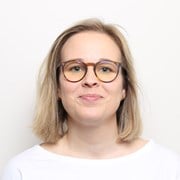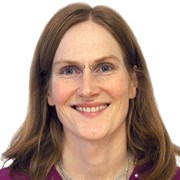The fishing industry is a major contributor to marine litter, as fishing gear is constantly subjected to wear and tear and becomes a source of microplastic pollution. Recycling fishing gear is also difficult due to the complex mix of materials and polymers used in its construction. Compounding the problem, the limited number of recycling facilities in Europe makes the process logistically challenging. As a result, much of this gear ends up in landfills or is incinerated.
Marine litter and microplastics pose a significant threat to ecosystems and ecosystem services and should be addressed in European fisheries management. SEARCULAR’s core objective is to help reduce marine plastic pollution from European fisheries, with a focus on developing sustainable solutions for fishing gear, reducing litter, and improving recycling efforts.
Testing different solutions
SEARCULAR is testing four near-market solutions, including three that use more sustainable materials for fishing gear and one that deals with end-of-life gear at ports.
SINTEF Ocean will provide valuable resources to researching these solutions. By assessing the performance of biodegradable materials in fishing gear (seine ropes) to define the technical feasibility of the solutions. This will be done in SINTEF SeaLab’s facilities and at sea onboard commercial fishing vessels. In addition, SINTEF Ocean will carry out biodegradation studies in controlled lab settings, using seawater from the Trondheimsfjord in Norway.
Funding
SEARCULAR is funded by the European Union’s Horizon programme (Grant no. 101112852), as well as the UK Research and Innovation (UKRI).


